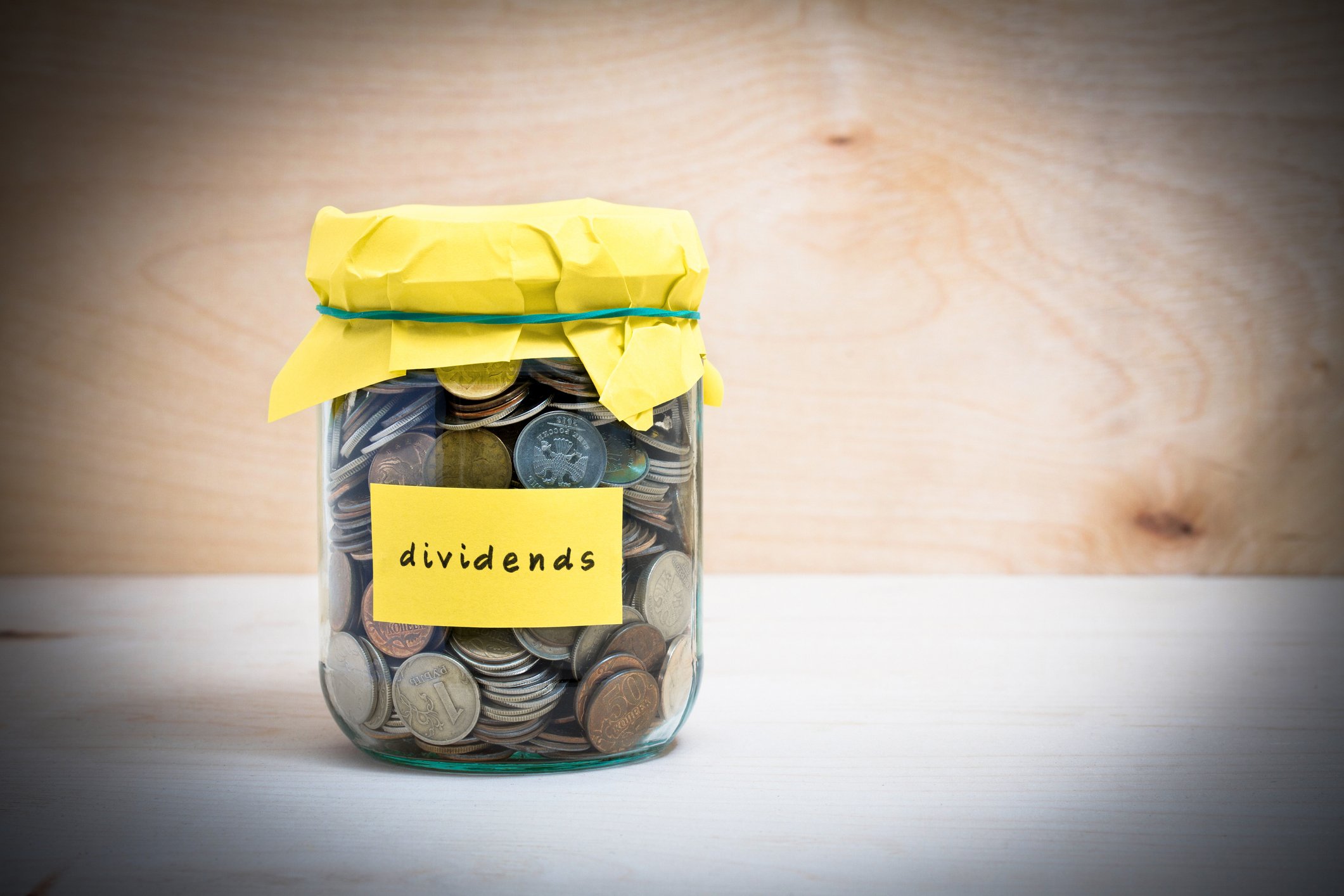When a company's dividend yield climbs into the double digits, it's a sign that investors see an increasing risk that the payout is no longer sustainable at its current rate. While that's not always the case, it is a warning sign worth watching, especially when a company's underlying financials appear to be deteriorating. That certainly seems to be the case for Martin Midstream Partners (MMLP +4.00%) and Summit Midstream Partners (SMLP +0.00%) after both released embarrassingly unsustainable guidance for 2018, putting their payouts in the danger zone.
In a tight spot
Martin Midstream Partners, which is a natural gas services and storage terminal MLP, currently yields an eye-popping 15.3%. That yield has steadily increased over the past few years -- rising from around 8% to its current level -- as the company's unit price has declined in value due to growing concerns about its financial situation.

Image source: Getty Images.
Two factors are driving these worries. First, Martin Midstream's distribution coverage ratio, which sat at a comfortable 1.18 times last year, will fall to a tight 1.0 times in 2018 due to increased maintenance spending. Meanwhile, its leverage ratio has crept up in recent years, rising from an elevated 4.91 times in 2016 to 5.11 times last year and will likely head even higher in 2018. For comparison's sake, most MLPs want their leverage to be less than 4.0 times these days.
The reason Martin Midstream Partners' leverage will keep rising this year is that it's distributing all its cash flow to investors even as it expects to double its spending on expansion projects, forcing the company to borrow money to fund that growth. In fact, Martin Midstream recently asked its lenders for some more breathing room on its credit facility so that it could borrow the money needed to finance a key expansion. While that project should boost cash flow later this year when it enters service, it won't move the needle enough to get the company's financial metrics back on solid ground. The only way to do that would be to reduce its payout and redirect that cash flow toward debt reduction. That bleak future is why this is one high-yield stock I wouldn't touch.
From seemingly safe to looking shaky
Summit Midstream Partners, meanwhile, initially appeared as though it could maintain its high-yield payout since its numbers backed up that view. Those metrics, however, went from solid to suspect with the company's 2018 guidance. Last year the company generated enough cash flow to cover its distribution by a comfortable 1.14 times. That cushion will completely evaporate this year, with the company only expecting to cover its payout by about 1.0 times due in part to some higher than normal costs and because it needed to sell equity to finance growth projects.
The company believes those expansions will fuel a significant improvement in cash flow starting next year. However, it has an even larger project in development and owes its parent company a hefty deferred payment in 2020 for an acquisition completed in 2016. Those capital requirements represent a significant amount of external funding the company will need to secure so that it doesn't tack on too much debt. It's a balancing act the market doesn't think Summit can manage without reducing its payout, which is why its yield has risen from around 9% to 16.6% in the past year.
Just too dangerous right now
The high-yield payouts of Martin Midstream Partners and Summit Midstream Partners are hanging by a thread right now. While both could maintain them in the coming years, it's increasingly likely that these companies will need to reduce those payouts to put their finances back on solid ground. Because of that, investors are better off avoiding these stocks and considering safer ones instead.






